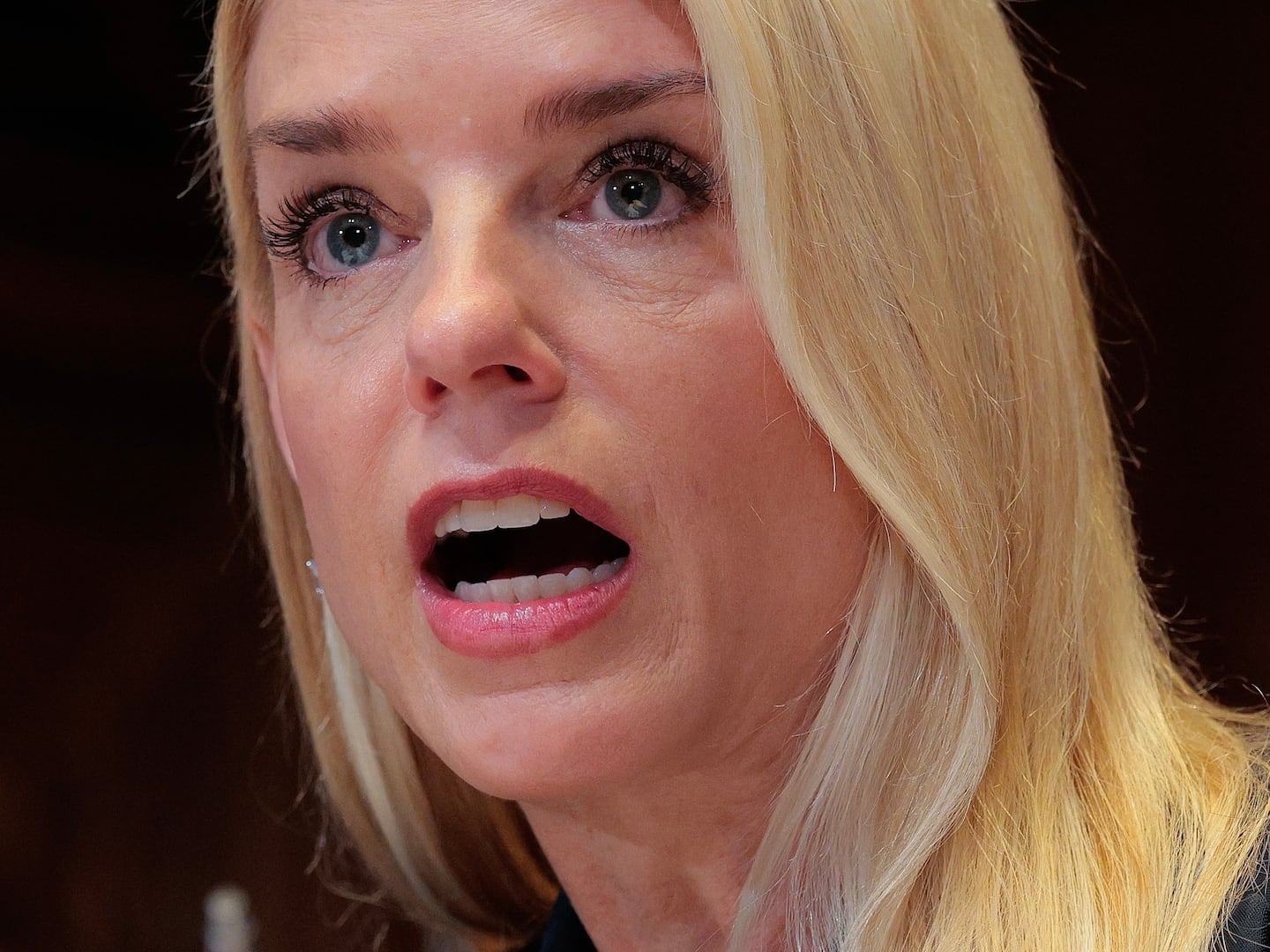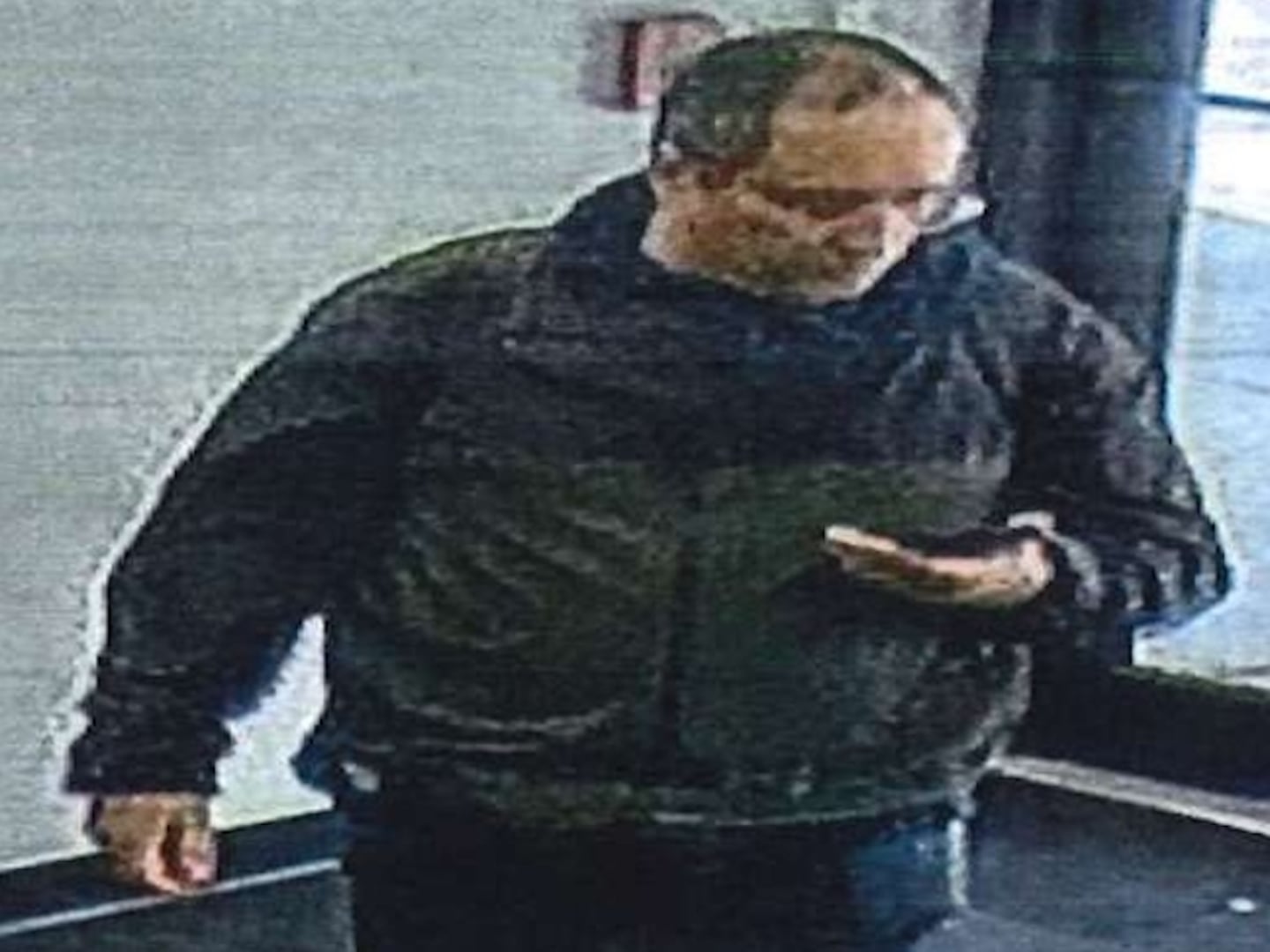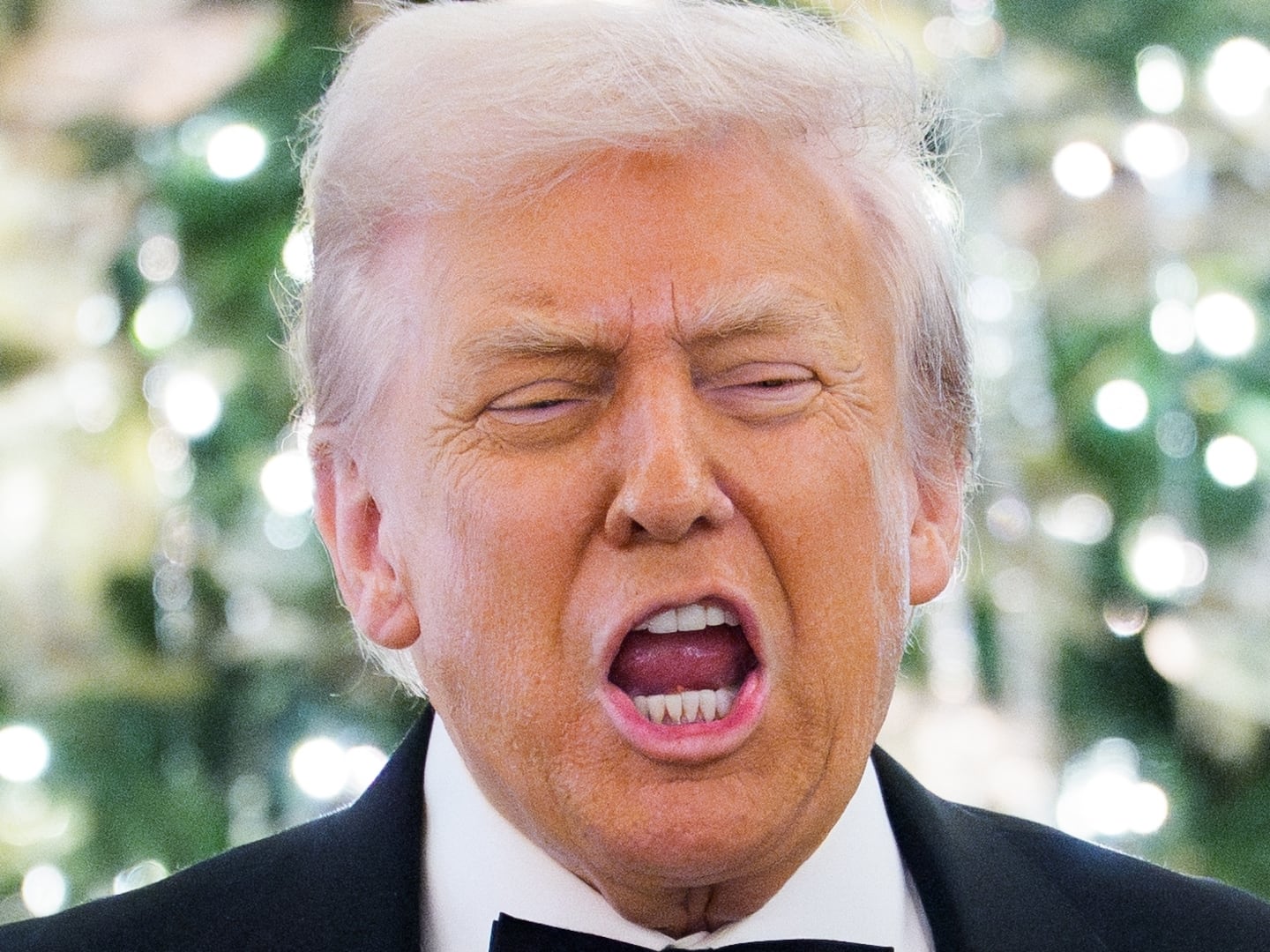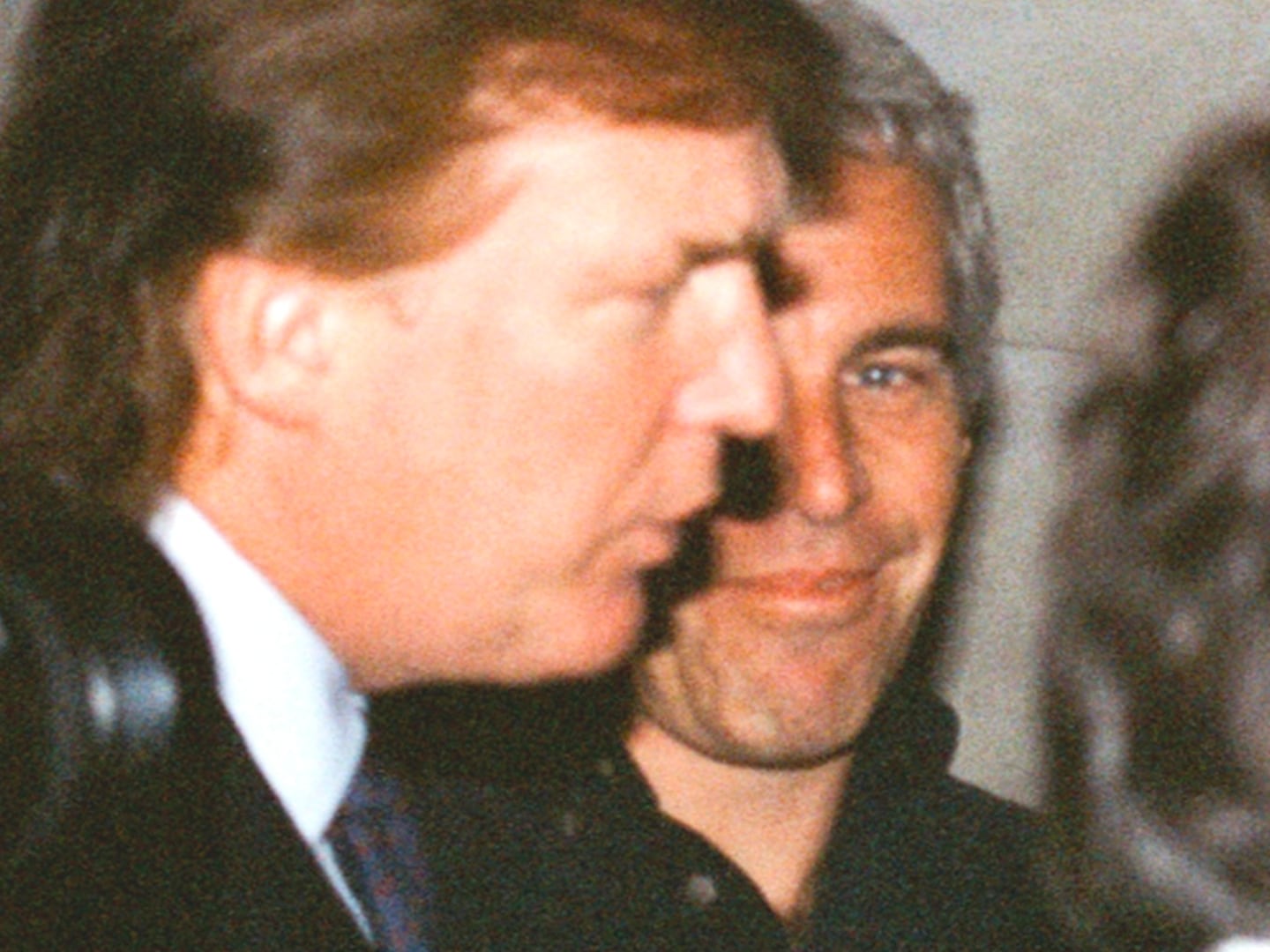On Friday, Bill Clinton’s Presidential Library released the latest trove of previously restricted documents from the 42nd President’s administration. The documents shed new light on the Clinton White House’s responses to issues including the 2000 presidential election, Osama Bin Laden and the nomination of now Supreme Court Justice Sonia Sotomayor to the United States Court of Appeals for the 2nd Circuit. Here are five of the biggest and most interesting revelations:
CLINTON’S BIN LADEN SKEPTICISM
In a handwritten note to his National Security Advisor, Sandy Berger, prompted by a New York Times article on Osama Bin Laden, Clinton wrote “If this article is right, the CIA sure overstated its case to me —what are the facts?” The note appears to be prompted by an April, 1999 article in the New York Times by Tim Weiner with the headline “U.S. Hard Put to Find Proof Bin Laden Directed Attacks.” The piece suggested that Bin Laden’s influence and power had been overstated in the aftermath of Al-Qaeda’s 1998 bombings of U.S. embassies in East Africa. The article was published nine months after the embassy bombings which were promptly followed by U.S. cruise missile strikes on sites linked with Bin Laden in Afghanistan and Sudan.
Clinton's note seems to have set off a correspondence between Berger and two critical staffers on the National Security Council, Richard Clarke and Daniel Benjamin, on the subject. However, those exchanges were not disclosed as they contained classified national security information. It turns out though that the article may have overstated its case. Al-Qaeda, under Bin Laden's leadership, launched the attacks of September 11, 2001 as well as a bombing on the U.S.S. Cole in 2000 that killed 17 American sailors .
GORE CAMPAIGN WARNED ABOUT FOREIGN GOVERNMENTS
In May 2000, Leon Fuerth, the National Security Advisor to then-Vice President Al Gore, wrote a memo warning that “parties purporting to be representing foreign governments with which we do not have good relations” might approach Gore’s presidential campaign He cited Iraq, Iran, Libya, North Korea, Sudan and Cuba as examples. While Fuerth made clear that “I don’t have any specific ground for this warning,” he was worried that “agents of these foreign governments will interpret any contact as indicative of the future inclinations of a Gore Administration —an impression that would be injurious to America’s national interests both now and into the future.”
SONIA SOTOMAYOR’S POTENTIAL SCOTUS NOMINATION
Even in the Clinton Administration, there was already discussion of Sonia Sotomayor as a future Supreme Court Justice. In a memo about Sotomayor’s 1997 nomination to the United States Court of Appeals for the 2nd Circuit, there was talk about advancing her as a candidate for the highest court in the land. The memo noted that the “Senate resistance to her confirmation is rooted in the fear that she will be elevated to fill the next Supreme Court vacancy.” It ended by noting that while Sotomayor’s nomination was approved by an overwhelming bipartisan majority on the Senate Judiciary Committee “her nomination to the Supreme Court may prompt a vicious attack by Senate Republicans.”
BILL COHEN’S “BIZARRE ANALOGIES”
Before becoming Clinton’s Secretary of Defense in 1997, Maine Republican Bill Cohen served 18 years in the Senate where he served on the Judiciary Committee and acquired a moderate reputation. In holding a mock confirmation hearing for Ruth Bader Ginsburg when she was nominated to the Supreme Court, the talking points for the staffer assigned to play Cohen stated that the Maine Senator “has a tendency to make bizarre analogies.” It cited as an example his comment to the press on gays in the military was that “he found it curious that an expression of sexual orientation could be regarded as ‘behavior’ by the military while the Constitution protects burning of American flags as free speech.”
PASSING THE BUCK AFTER THE EMBASSY BOMBINGS
The 1998 bombings of U.S. embassies in Dar es Salaam, Tanzania and Nairobi, Kenya by Al-Qaeda killed 224 people. In the aftermath, it was decided that President Clinton would record a video to share his condolences with the people of Tanzania and Kenya. The problem was this created an entire bureaucratic mess about who would pay for the video, resulting in a labyrinthine back-and-forth between the National Security Council, the White House and the United States Information Agency. It eventually worked out but it shows the potential mire of government bureaucracy even in the aftermath of a deadly terrorist attack.






